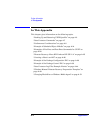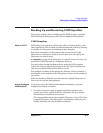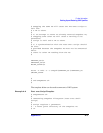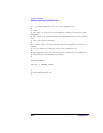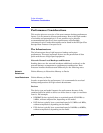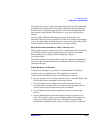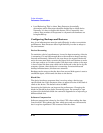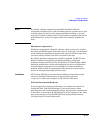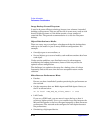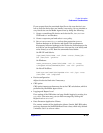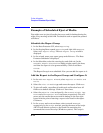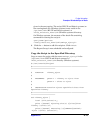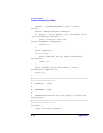
Further Information
Performance Considerations
Appendix A A-9
The speed also varies if a device-compression gets used. The achievable
compression ratio depends on the nature of the data being backed up.
For most cases, using high speed devices with device-compression ON
does improve performance. This however is true only if the device(s)
stream.
Libraries offer additional advantages because of their fast and
automated access to a large number of media. At a backup time loading
new or reusable media is needed and at a restore time the media which
contain the data to be restored need to be accessed quickly.
High Performance Hardware Other Than Devices
The computer systems themselves, that is, reading the disk and writing
to the device, directly impact performance. The systems are loaded
during backup by reading the disk or handling software
(de-)compression.
The disk read data rate and available CPU are important performance
criteria for the systems themselves in addition to the I/O performance
and network types.
Using Hardware in Parallel
Using several datapaths in parallel is a fundamental and efficient
method to improve performance. This includes the network
infrastructure. Parallelism helps in the following situations:
• Several systems can be backed up locally, that is, with the disk(s) and
the related devices connected on the same system.
• Several systems can be backed up over the network. Here the
network traffic routing needs to be such that the datapaths do not
overlap, otherwise the performance will be reduced.
• Several objects (disks) can be backed up to one or several (tape)
devices.
• Several dedicated network links between certain systems can be
used. For example, system_A has 6 objects (disks) to be backed up,
and system_B has 3 fast tape devices. Putting 3 network links
dedicated to backup between system_A and system_B is a solution.




